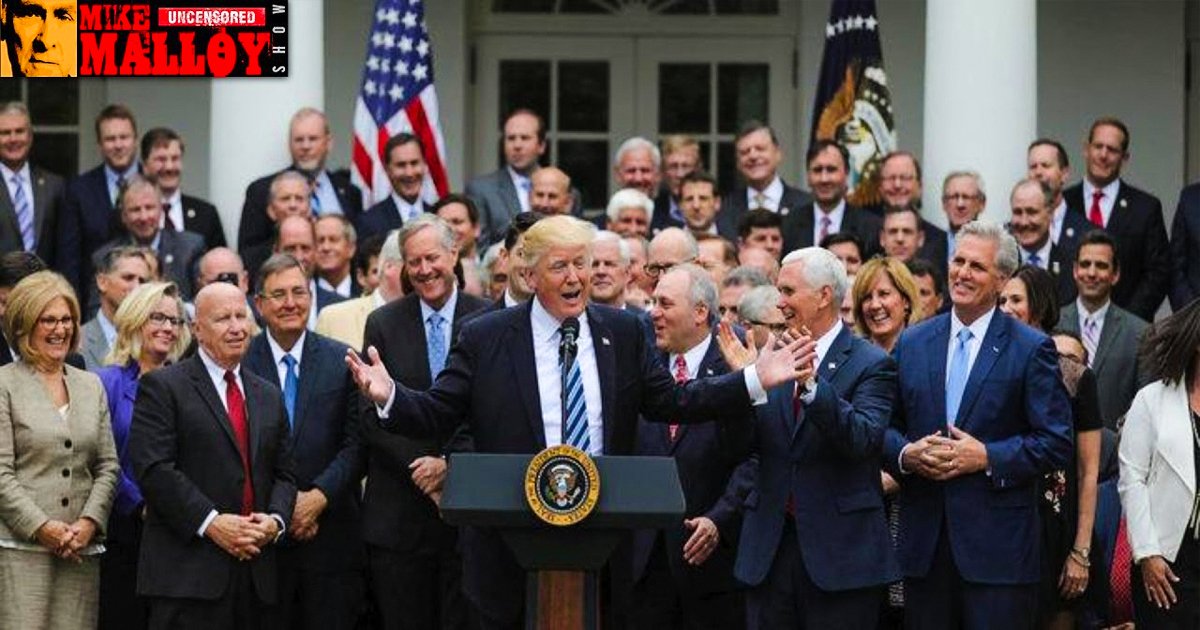Thanks to an uptick in juvenile suicide related to firearms, guns are now the third leading cause of death for children aged 17 and under in America.
This disturbing fact was revealed in an analysis conducted in the journal Pediatrics. In the analysis, an upswing in suicides involving guns was a major factor in the conclusion.
According to the study, juvenile suicides involving firearms had been on the decline until 2007, at which time it began to dramatically increase. It is important to consider the context that suicide in general among young people is on the rise, with the most dramatic increase being among adolescent girls and young black boys.
Thus, the increase in firearm deaths in relation to suicide appears to be proportional to the rising suicide rate overall. Gun advocates will argue that this means the issue is related to suicide and depression, rather than a reason to increase protections over firearms.
While these advocates have a point, it is worth noting that the increase in gun-related suicides disproportionately affects male children, particularly black male children. Studies in the past have examined the gendered response to suicide, with adult women choosing to carry out suicides in less “violent” ways.
As a result, women are more likely to fail in their attempts, while men are more likely to succeed. In this way, examining how much access children and teens are given to firearms may go a long way in preventing some of the suicide increases among these male, minority groups.
Despite a modest decline in unintentional shooting deaths, as well as a drop in homicides involving firearms, the rising rate of gun-assisted suicide rising among this age group means that guns are now a greater threat to young people than “pediatric congenital anomalies, heart disease, influenza and/or pneumonia, chronic lower respiratory disease, and cerebrovascular causes.”
The study concludes that firearm injuries are an “important public health problem.” As a result, society as a whole must closely examine firearms “nature and impact” in order to more closely assess ways to prevent the continued growth of this trend.





